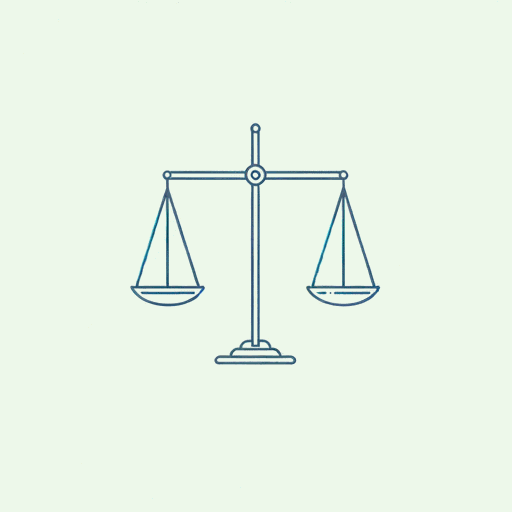28 pages • 56 minutes read
Simone de BeauvoirThe Ethics Of Ambiguity
Nonfiction | Essay Collection | Adult | Published in 1947A modern alternative to SparkNotes and CliffsNotes, SuperSummary offers high-quality Study Guides with detailed chapter summaries and analysis of major themes, characters, and more.
Part IIChapter Summaries & Analyses
Part II: “Personal Freedom and Others”
Part II Summary
In this section, de Beauvoir outlines six different archetypal “ways of being,”from artist to intellectual to nihilist. She finds that certain archetypes reject their freedom and the paradox of existence, while others embrace it. The defining feature of each archetype is largely defined by its relationship to freedom.
De Beauvoir looks at the nature of childhood, again, with an eye toward freedom:
The child’s situation is characterized by his finding himself cast into a universe which he has not helped to establish, which has been fashioned without him, and which appears to him as an absolute to which he can only submit. In his eyes, human inventions, words, customs, and values are given facts, as inevitable as the sky and the trees. This means that the world in which he lives is a serious world, since the characteristic of the spirit of seriousness is to consider values as ready-made things(37).
Children accept everything as truth, and they are therefore enslaved by their facticity. De Beauvoir’s understanding of childhood is crucial, because she goes onto compare lesser-evolved humans to “grown-up children” (40). As the child moves into adolescence, he begins to question the world around him.
Related Titles
By Simone de Beauvoir






